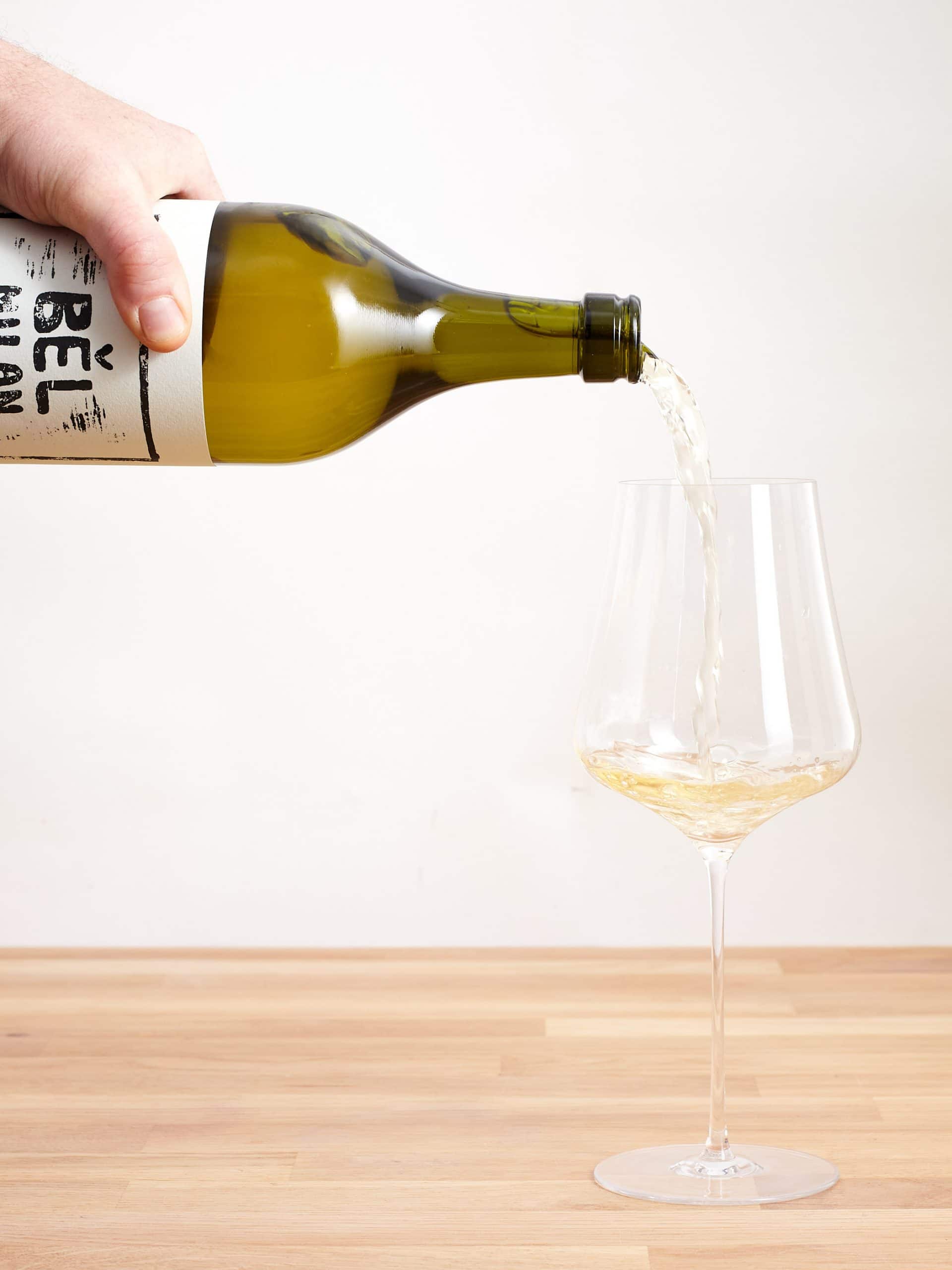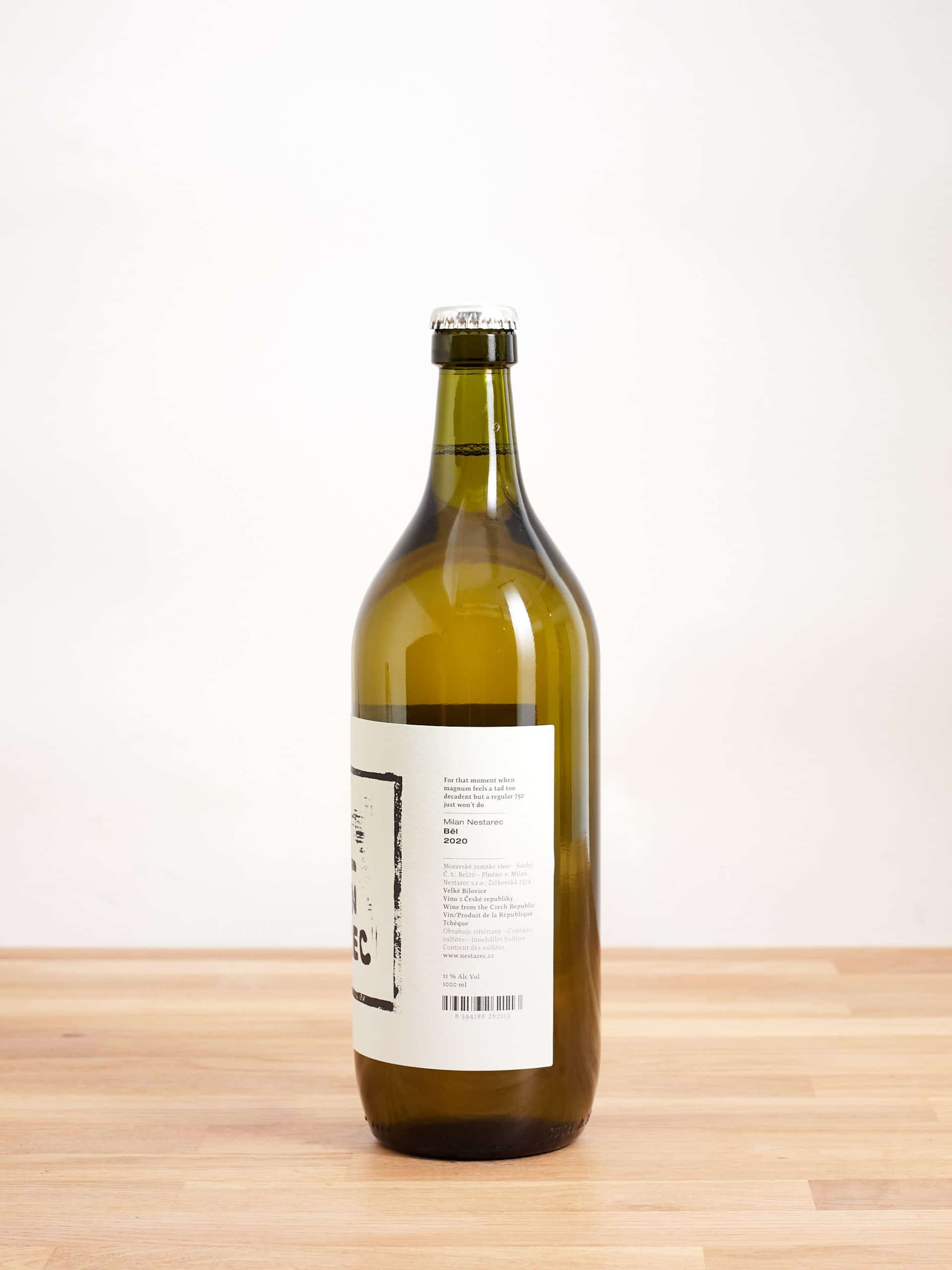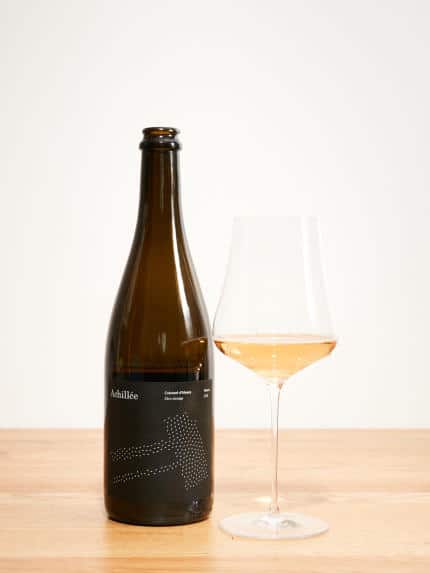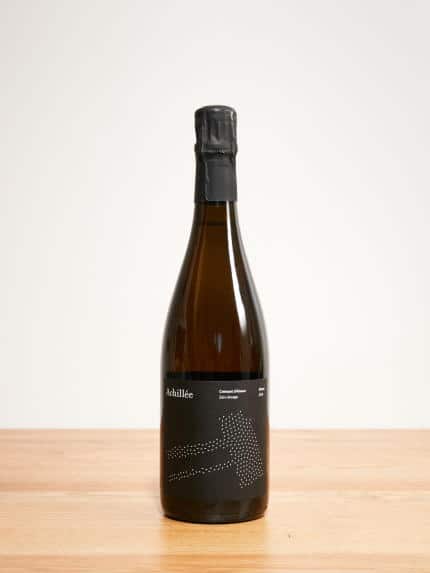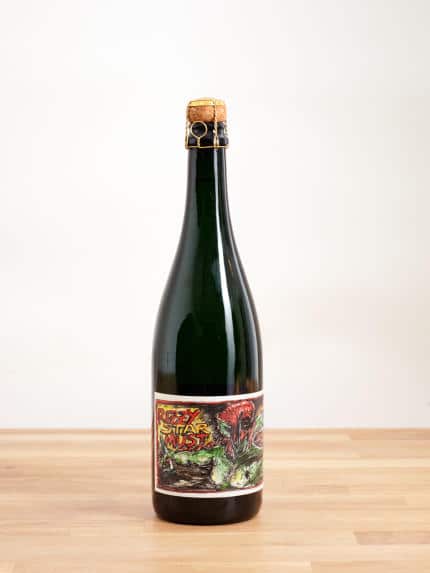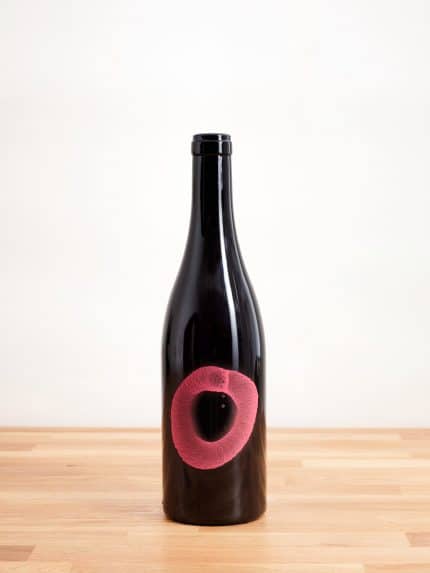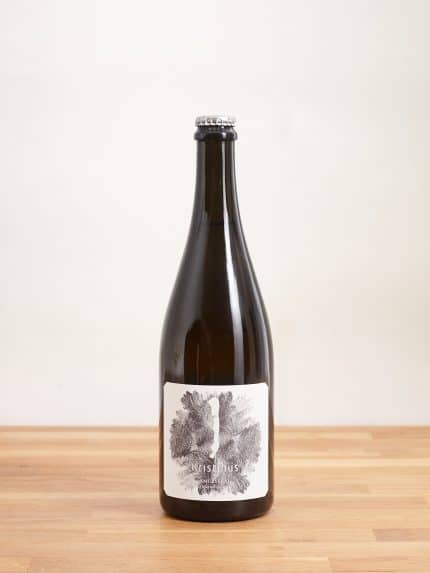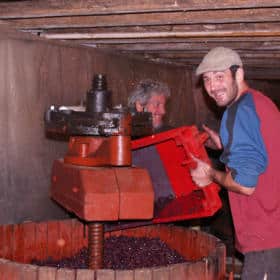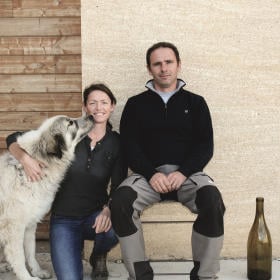Milan Nestarec – Bêl 2020
Lidderwoi, sagt man in der Pfalz: Milan Nestarec füllt hier eine hammermäßige Weißwein-Cuvée in 1-Liter-Pullen und wir würden am liebsten alles selbst trinken …
WYLDNESS LEVEL 2

16,50 € inkl. Mwst

Mach deinen Karton voll und helfe CO2 zu sparen
Wir versenden in 1er, 3er, 6er, 9er, 12er und 18er Kartons

CO2 neutraler Versand in ganz Europa.
Zusätzlich Pflanzen wir einen Baum für jede Bestellung ab 50€!

SSL Verschlüsselung für sichere Zahlung
via Paypal, Kreditkarte, Klarna, Apple Pay und G-Pay uvm.
Beschreibung
Wir mussten uns ziemlich anstrengen, um bei Milan nicht gleich alles zu ordern, was er produziert. Unfassbar lockere, gekonnte Weine aus Tschechien. Der Milan Nestarec – Bêl 2018 schickt eine geile Oxidation ins Rennen, es riecht nach Sauerteigbrot, dunklem Honig und leicht nach Rappen, auch mostig-nussige Töne und Mentholtabak sowie Salzzitrone sind am Start. Mega feine, saftige Säure und Haselnussnoten am Gaumen, kräutrige Würze bis ins Finish. Thanks, Milan!
Das sagt Milan zu dem Wein und der Geschichte dahinter:
For that moment when magnum feels a tad too decadent but a regular 750 just won’t do
This wine embodies my unassuming Moravian roots. Made with “common” local grapes (Gruner Veltliner, Welschriesling, and a lot of Muller, because Muller from old vines is just dope) that always used to be blended together for an everyday wine. (Gewurztraminer being the fancy Sunday-kinda-wine). It’s only logical – these varieties don’t overripe easily, so the wine is low in alcohol and easy to drink. They also have higher yields, so you can get more quantity. And they’re neutral, so there are no intense aromatics to annoy you while drinking. In short, an ideal combination for a wine that’s drunk in masses by the masses. An approach I like–and Běl and its 1-liter volume is my tribute to that.
It’s a wine made in a very classical way, no maceration, just gentle press and then aging in stainless steel and neutral oak. The idea here is to have wine that you can drink with literally everyone, be they natural wine fans or haters. (I sometimes joke that I make this wine so that I have something to drink with my Bílovice neighbours.)
To keep it this approachable, Běl is our only wine with added sulfur (about 30 ppm total SO2). I don’t use sulfur when I don’t have to, but I’m not dogmatic about it– it goes well with Běl, especially if we want it to have this easy character. Otherwise, all is like you’re used to with us, natural yeast, no fining or filter.
Běl used to have the same label as my White Label range, which actually didn’t make much sense as its character and making of is quite different. So we came up with this brand new packaging, whose “rustic finesse” conveys better the message in the bottle. To make it really “us”, the label is now a linocut made by my dear wife Mirka, and we found a cute plump bottle whose shape and crown cap transport me right to my childhood when we used to buy beer or juice in such containers.
The 2020 vintage was a perfect moment for this shift since it was, after a couple of warm and early harvests, a year when we went back to what I knew as a kid: a challenging rainy vintage from mid-September to end-October, more raincoats than short sleeves. Many of my fellow winemakers were gutted, but I was actually fascinated. This is the Moravia I remember, with great acidity, low ABV, elegant aromatics.
We kept the liter volume, of course, as it’s an important part of Moravian wine heritage. I remember hearing the word “másnica” used for a bottle of wine when I was a kid. Only as an adult did I learn that it derives from the German Mass, an old volumetric unit roughly equalling 1 liter, which used to be a standard size of bottle for a guy working in the field (mixing it with water to get more quantity, lol). I do love the term “minimagnum” too, though, courtesy of my Montréal friends.
Winzer
Milan Nestarec
“Made of grapes, nothing else.” ist Milans Motto. Milan Nestarec gehört zu den neuen Wilden jungen Winzern aus Europa. Er macht fantastische Weine, die die Region widerspiegeln. Meist mit Schalenkontakt gekeltert. Für Milan Nestarec ist der Weinberg der Körper und der Keller ist das Herz seines Weins.
moreFakten
| Winzer | |
|---|---|
| Wyldness | LEVEL 2 |
| Rebsorten | Gewürztraminer, Grüner Veltliner, Müller-Thurgau, Welschriesling |
| Land | |
| Region | |
| Jahrgang | |
| Größe | |
| Alkohol | |
| Ausbau | |
| Allergene | Enthält Sulfite |
| Abfüller | Milan Nestarec, Záhumní 449, 691 01 Moravsky Zizkov, Tschechien |




